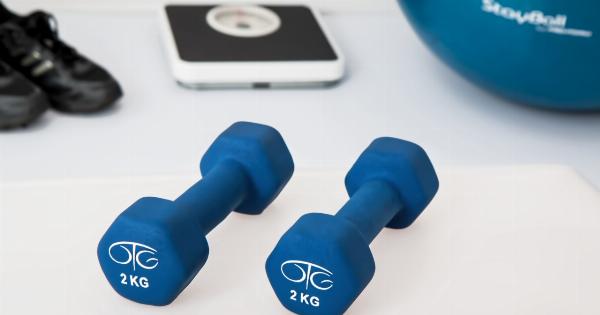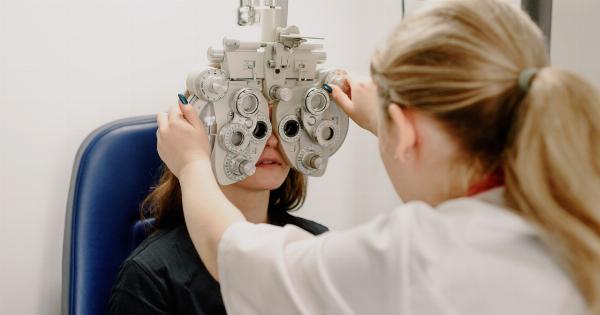Many people out there suffer from various medical conditions that affect the functioning of their legs. These people might find it challenging to walk, move, or complete physical tasks.
For some, the prolonged neglect of their legs can lead to muscle atrophy and weakness, which can consequently impact their quality of life.
This is where electrical stimulation comes in. This simple yet effective treatment method can help to promote muscle growth, strength, and mobility in people with weak or neglected muscles.
In this article, we explore how electrical stimulation can help revive legs and improve overall quality of life.
What is electrical stimulation?
Electrical stimulation is a medical intervention that utilizes electrical impulses to stimulate muscle contractions. The electrical impulses mimic the body’s natural movements, causing muscles to contract and relax.
This helps promote muscle growth and strength, improve circulation, and reduce muscle spasms and pain.
In the context of leg revival, electrical stimulation is used to activate and promote blood flow in the muscles, reducing muscle weakness and atrophy. It also helps strengthen the muscles, enhancing mobility and improving range of motion.
How does electrical stimulation work?
Electrical stimulation works by sending electrical impulses to the muscles, which activate the nerves that control these muscles. This results in muscle contractions, which help improve strength and flexibility.
Electrical stimulation can also improve circulation and help reduce swelling and inflammation, which can be helpful for people with circulatory or inflammatory conditions.
Electrical stimulation can cost as little as $100 per session, and many treatments can be done at home with portable devices. It’s a non-invasive and relatively painless treatment method, making it an appealing option for many people.
Who can benefit from electrical stimulation?
Many people can benefit from electrical stimulation, including those with nerve damage, muscle atrophy, or circulatory problems.
People with conditions such as multiple sclerosis, Parkinson’s disease, or stroke can also benefit from electrical stimulation.
Electrical stimulation can also be used for people with sports injuries or other musculoskeletal conditions.
It can help reduce pain, promote healing, and improve range of motion, making it a popular treatment option for athletes and other active individuals.
What are the benefits of electrical stimulation?
Electrical stimulation offers several benefits for people with weak or neglected muscles. These benefits include:.
- Increased muscle strength and flexibility
- Improved circulation and reduced swelling
- Reduced muscle spasms and pain
- Increase in muscle cell activity and regeneration
In addition to these physical benefits, electrical stimulation can also have a positive impact on mental health.
People who receive electrical stimulation often experience increased confidence and a better sense of control over their bodies, which can help boost self-esteem and promote overall well-being.
What are the risks of electrical stimulation?
Like any medical intervention, electrical stimulation does come with certain risks.
These risks include:
- Minor skin irritation or burns
- Muscle contractions that are too strong or too weak
- Interference with pacemaker functioning (if done in the chest area)
It’s important to discuss potential risks and complications with a doctor or physical therapist before starting electrical stimulation. This can help minimize potential risks and ensure that the treatment is appropriate for your particular condition.
The bottom line
Electrical stimulation is a safe and effective treatment method for people with weak or neglected muscles. It can promote muscle growth, strength, and flexibility, improve circulation, and reduce muscle spasms and pain.
If you’re struggling with a leg-related medical condition, consider talking to your doctor or physical therapist about electrical stimulation as a potential treatment option.




























